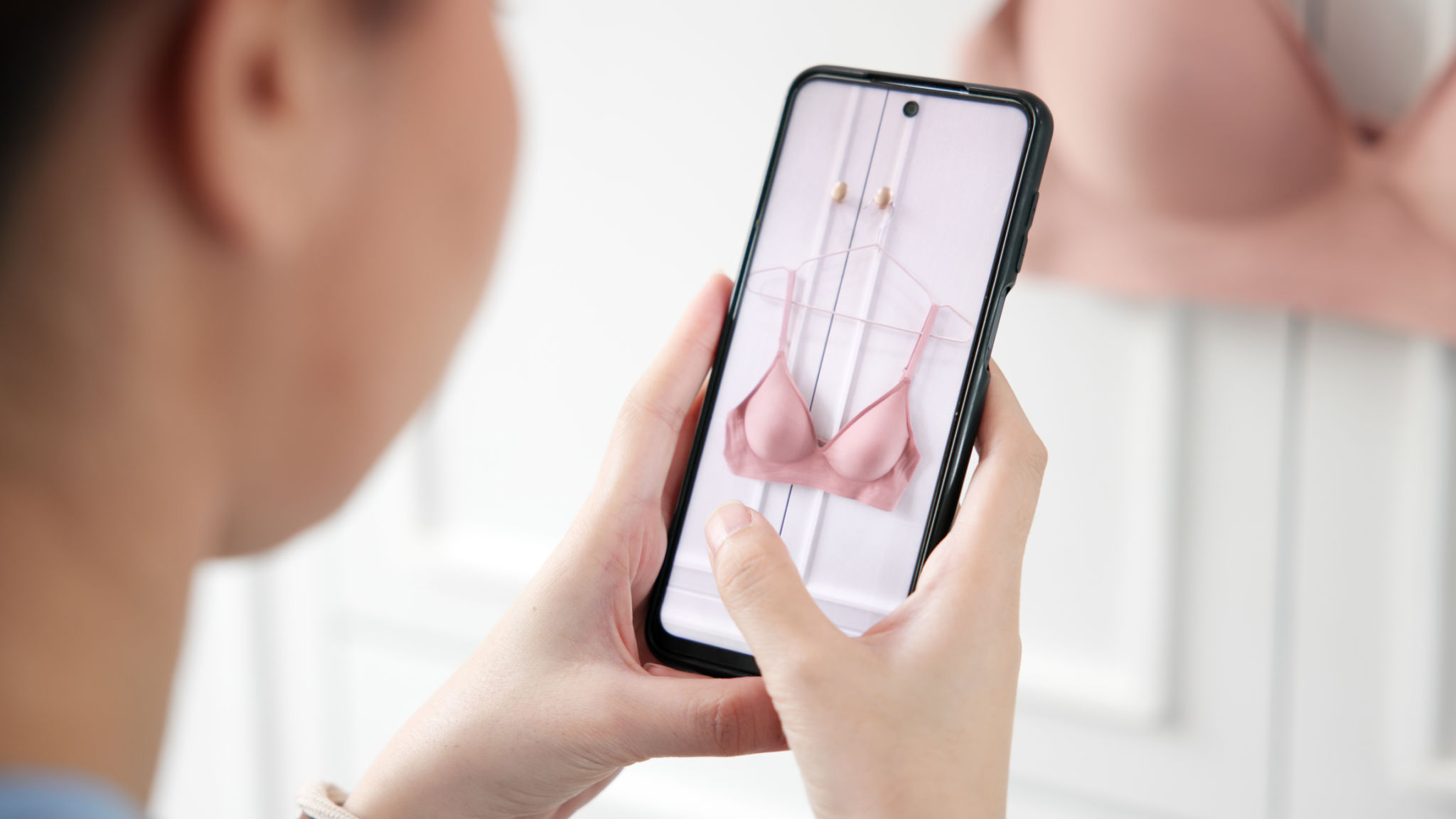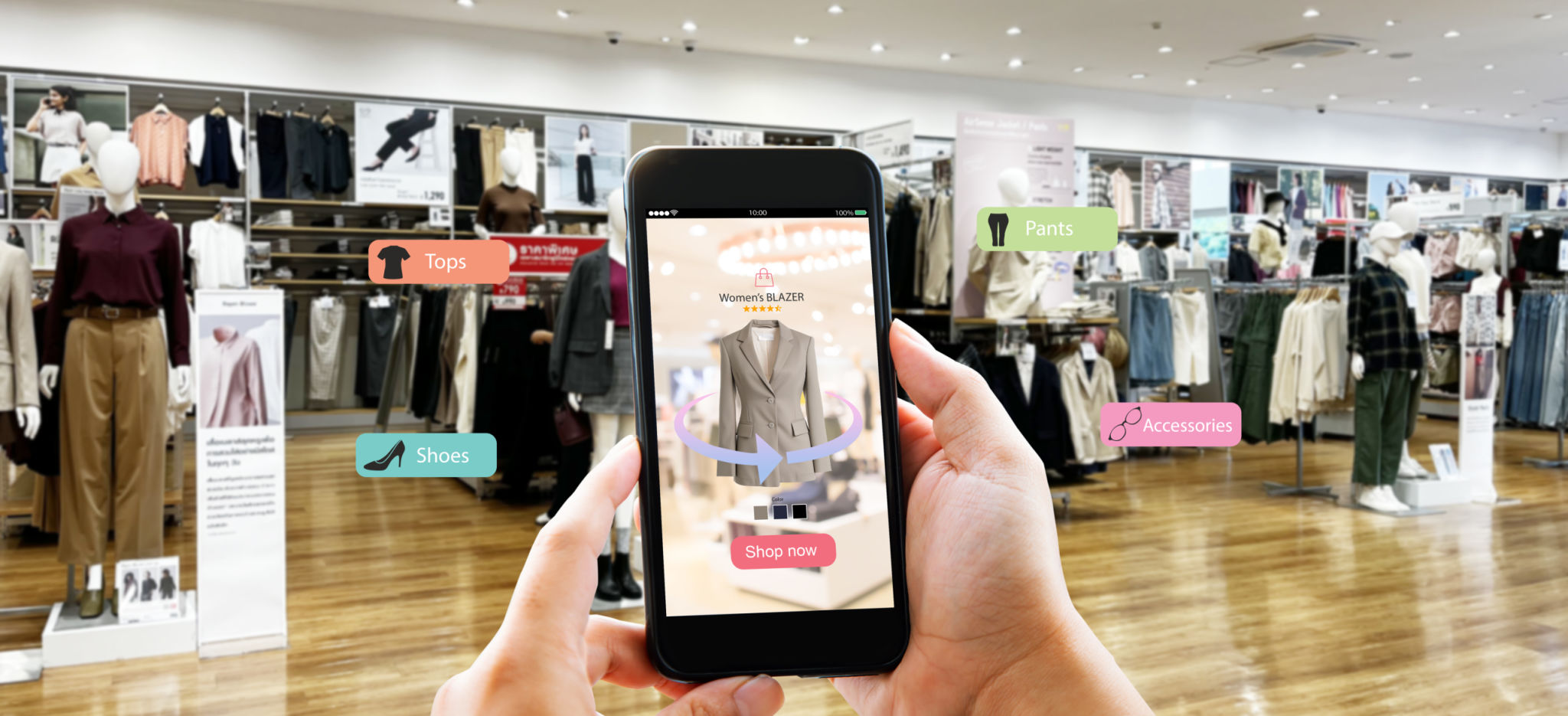FAQ: Everything You Need to Know About Virtual Try-Ons
What Are Virtual Try-Ons?
Virtual try-ons are an innovative technology that allows users to try on products virtually, using augmented reality (AR) or virtual reality (VR). This technology has become increasingly popular in industries like fashion, eyewear, and cosmetics, providing customers with a more interactive and personalized shopping experience. By using a smartphone or computer camera, users can see how a product looks on them without physically having to try it on.

How Do Virtual Try-Ons Work?
Virtual try-ons typically use AR or VR technology to overlay digital images of products onto the user's body or face. The process involves capturing the user's image through a camera and then mapping the digital product onto the captured image in real-time. This seamless integration allows users to see a realistic representation of how a product would appear on them.
Most virtual try-on applications use facial or body recognition software to ensure accurate placement and scaling of the product. This precision helps create a more authentic and convincing virtual experience for the user.
Benefits of Virtual Try-Ons
The rise of virtual try-ons has brought numerous benefits to both consumers and retailers. For consumers, virtual try-ons offer convenience and flexibility, allowing them to experiment with different styles and products from the comfort of their homes. It also reduces the need for physical returns, as customers can make more informed purchasing decisions.

For retailers, virtual try-ons can lead to increased customer engagement and satisfaction. By offering an interactive shopping experience, brands can differentiate themselves in a competitive market. Moreover, virtual try-ons provide valuable data insights into consumer preferences, helping businesses optimize their product offerings.
Popular Industries Using Virtual Try-Ons
Several industries have embraced virtual try-on technology to enhance their customer experience:
- Fashion: Clothing brands use virtual try-ons to let customers visualize outfits and accessories before purchasing.
- Eyewear: Optical retailers offer virtual try-ons for glasses and sunglasses, allowing users to find the perfect fit and style.
- Cosmetics: Beauty brands enable customers to try different makeup products like lipstick and eyeshadow virtually.
Challenges and Limitations
Despite its advantages, virtual try-on technology is not without challenges. One major limitation is the accuracy of the virtual representation. Factors such as lighting conditions, camera quality, and software capabilities can affect how realistic the virtual try-on appears. Additionally, not all users have access to devices that support AR or VR technology, potentially limiting the reach of this feature.

Furthermore, while virtual try-ons reduce returns by offering a preview, they cannot completely eliminate the need for physical trials, especially for products like clothing where fit and fabric feel are important considerations.
The Future of Virtual Try-Ons
The future of virtual try-ons looks promising, with continuous advancements in technology expected to improve accuracy and accessibility. As more consumers become familiar with AR and VR applications, demand for virtual try-ons is likely to grow. Retailers that invest in refining these technologies stand to benefit from increased customer loyalty and sales.
In conclusion, virtual try-ons are transforming the way we shop by offering a unique blend of convenience and innovation. As technology progresses, these tools will continue to enhance the shopping experience for consumers worldwide.
